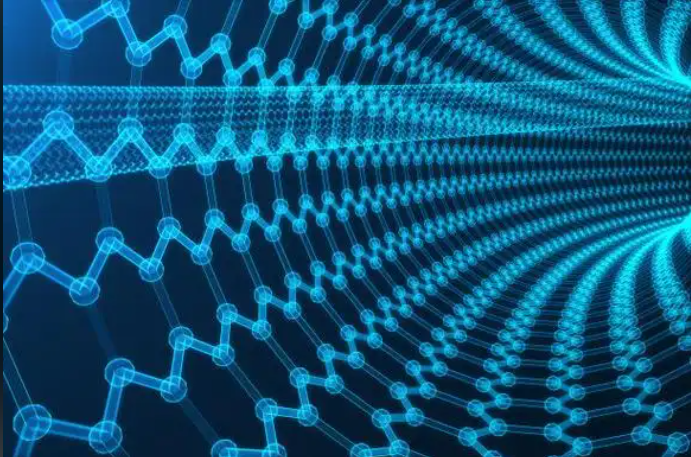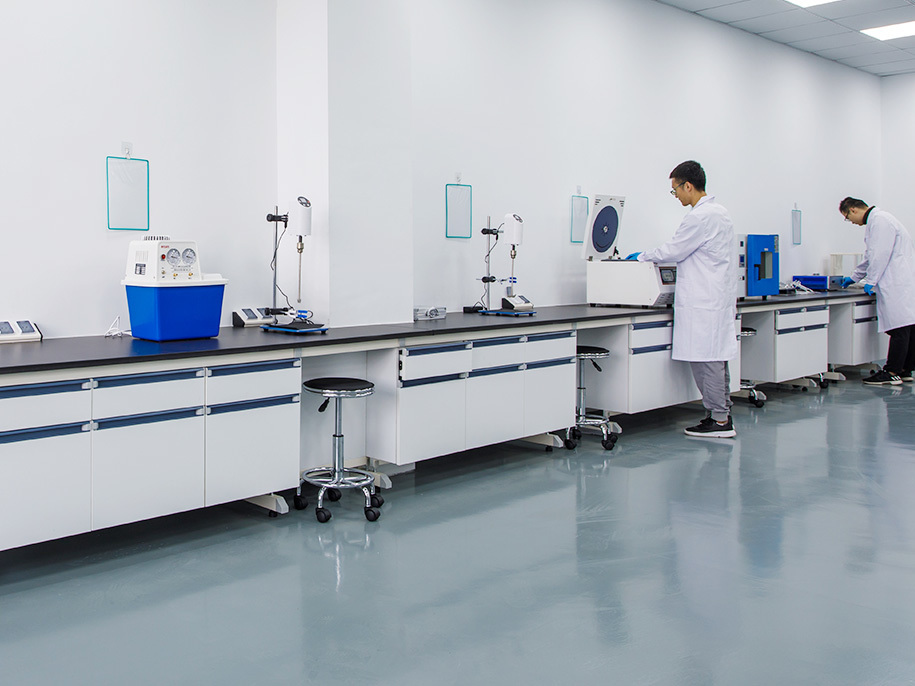Graphene Oxide for Wastewater Treatment: A Sustainable Path to Clean Water
Water scarcity and pollution are among the most urgent global challenges of the 21st century. Industrial discharge, agricultural runoff, and urban wastewater introduce heavy metals, dyes, pharmaceuticals, and organic pollutants into natural water bodies. Conventional treatment methods—such as coagulation, filtration, and activated carbon adsorption—often fail to remove emerging contaminants efficiently or require high energy and chemical inputs.

Graphene oxide (GO), a derivative of graphene, has emerged as a revolutionary material for wastewater treatment. With its large surface area, abundant oxygen-containing functional groups, and tunable chemical properties, GO offers unmatched potential for adsorption, photocatalysis, membrane filtration, and antibacterial applications.
Why Graphene Oxide for Water Purification?
1. Large Surface Area and Functional Groups
-
GO has a surface area of over 2,600 m²/g, allowing adsorption of a wide range of pollutants.
-
Its hydroxyl, epoxy, and carboxyl groups enhance chemical reactivity and pollutant binding capacity.
2. High Adsorption Efficiency
-
GO can remove heavy metals (Pb²⁺, Cd²⁺, Hg²⁺, As³⁺), dyes (methylene blue, rhodamine B), and antibiotics efficiently.
-
Adsorption occurs via electrostatic interaction, π-π stacking, and hydrogen bonding.
3. Antibacterial Properties
-
GO damages bacterial membranes through oxidative stress and sharp-edge physical disruption.
-
This makes GO suitable for disinfection and biofouling control in membranes.
4. Scalability and Integration
-
GO can be processed into composites, membranes, and hydrogels, making it adaptable to industrial-scale treatment.
-
GO composites can be combined with polymers, metals, or photocatalysts to enhance performance.
Applications of Graphene Oxide in Wastewater Treatment
1. Heavy Metal Removal
-
GO adsorbs toxic metals like lead, cadmium, mercury, and arsenic effectively.
-
Example: GO composites with iron oxides achieve enhanced removal of arsenic through synergistic adsorption and redox reactions.
2. Organic Pollutant Degradation
-
GO-based photocatalysts, when combined with TiO₂ or ZnO nanoparticles, can degrade organic dyes and pharmaceutical residues under UV or visible light.
-
This offers a green alternative to chemical oxidation methods.
3. Membrane Filtration
-
GO membranes exhibit exceptional water permeability and selectivity, capable of rejecting salts, organic molecules, and microbes.
-
In desalination and wastewater treatment, GO membranes outperform traditional polymer membranes in both flux and fouling resistance.
4. Antibacterial Wastewater Treatment
-
GO-coated filters suppress microbial growth and biofilm formation, reducing maintenance needs.
-
This application is particularly useful in hospital wastewater treatment and portable water purification systems.
5. Catalytic and Electrochemical Treatment
-
GO electrodes are applied in electrochemical oxidation of pollutants, enabling energy-efficient water purification.
-
GO composites can also act as catalysts for advanced oxidation processes (AOPs).
Research Highlights
-
GO-Polymer Hybrid Membranes
-
Enhanced water flux and selectivity with long-term stability.
-
Promising for industrial wastewater and seawater desalination.
-
-
GO-TiO₂ Photocatalysts
-
Significantly improve degradation of dyes like methylene blue.
-
Effective under visible light, reducing dependence on UV sources.
-
-
GO Hydrogels for Heavy Metal Adsorption
-
3D structures allow rapid adsorption of Pb²⁺ and Cr⁶⁺.
-
Easily regenerated for multiple cycles of use.
-
-
GO Coated Sand Filters
-
Used in rural water treatment, enhancing removal of pathogens and organic pollutants.
-
Advantages of Graphene Oxide in Wastewater Treatment
| Feature | Activated Carbon | Polymer Membranes | Graphene Oxide |
|---|---|---|---|
| Surface Area | High | Low | Very High |
| Heavy Metal Removal | Moderate | Low | Excellent |
| Dye and Pharmaceutical Removal | Moderate | Low | Excellent |
| Antibacterial Properties | None | Low | Strong |
| Regeneration | Limited | Moderate | Easy (via pH or heat) |
| Water Permeability | Moderate | Moderate | High |
Challenges
-
Production Cost: Large-scale GO synthesis remains relatively expensive.
-
Stability: GO membranes may degrade under prolonged use.
-
Selectivity: Needs tuning for specific contaminants.
-
Toxicity Concerns: Potential long-term effects of GO release into the environment must be carefully assessed.
Graphene oxide is poised to reshape wastewater treatment technologies, particularly as industries and governments push toward sustainable and energy-efficient solutions. Future directions include:
-
Smart GO Membranes: Responsive to pH, temperature, or contaminants for adaptive filtration.
-
Hybrid Systems: Combining GO with nanometals, biochar, or MOFs for multifunctional purification.
-
Circular Economy Models: Regenerating GO adsorbents for repeated use, reducing costs.
-
Decentralized Treatment: Portable GO-based water purification systems for rural communities and disaster relief.
With advancements in scalable synthesis and functionalization, GO could become a mainstream material in clean water technologies, contributing significantly to the UN Sustainable Development Goal 6: Clean Water and Sanitation.

